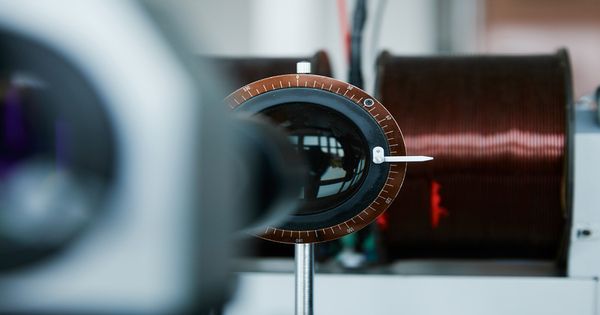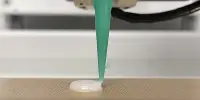A new quantum sensing system has been created, promising to greatly improve high-precision nanoscopic capabilities. Quantum sensing uses quantum mechanics principles to produce sensitivity and resolution that traditional measuring approaches cannot match. This development could have far-reaching ramifications for sectors such as materials science, biology, and quantum computing.
Researchers at the University of Portsmouth have developed a quantum sensing technique that achieves the pinnacle of quantum sensitivity by monitoring the transverse displacement of two interfering photons.
This novel technology has the potential to improve superresolution imaging techniques that already use single-photon sources as probes to localize and track biological samples, such as single-molecule localization microscopy with quantum dots.
These findings shed new light on the metrological power of two-photon spatial interference and can pave the way for new high-precision sensing techniques.
Professor Vincenzo Tamma
Traditionally, achieving ultra-high accuracy in nanoscopic techniques has been hampered by the restrictions of typical imaging technologies, such as camera diffraction limits and high-power objectives. However, this novel quantum sensing system overcomes these challenges, allowing for unparalleled levels of precision.
At the heart of this innovation lies an interferometric technique that not only achieves unparalleled spatial precision, but also maintains its effectiveness regardless of the overlap between displaced photonic wave packets. The precision of this technique is only marginally reduced when dealing with photons differing in nonspatial degrees of freedom, marking a significant advancement in quantum-enhanced spatial sensitivity.

According to study co-author Professor Vincenzo Tamma, Director of the Quantum Science and Technology Hub, “These findings shed new light on the metrological power of two-photon spatial interference and can pave the way for new high-precision sensing techniques.”
The novel quantum sensing approach marks a considerable advancement in high-precision nanoscopic capabilities. Its improved sensitivity and resolution capabilities have the potential to transform a variety of scientific and technological disciplines, resulting in new discoveries and breakthroughs on the nanoscale. “Other potential applications for the research could be found in the development of quantum sensing techniques for high-precision refractometry and astrophysical bodies localisation, as well as high-precision multi-parameter sensing schemes, including 3D quantum localisation methods
















